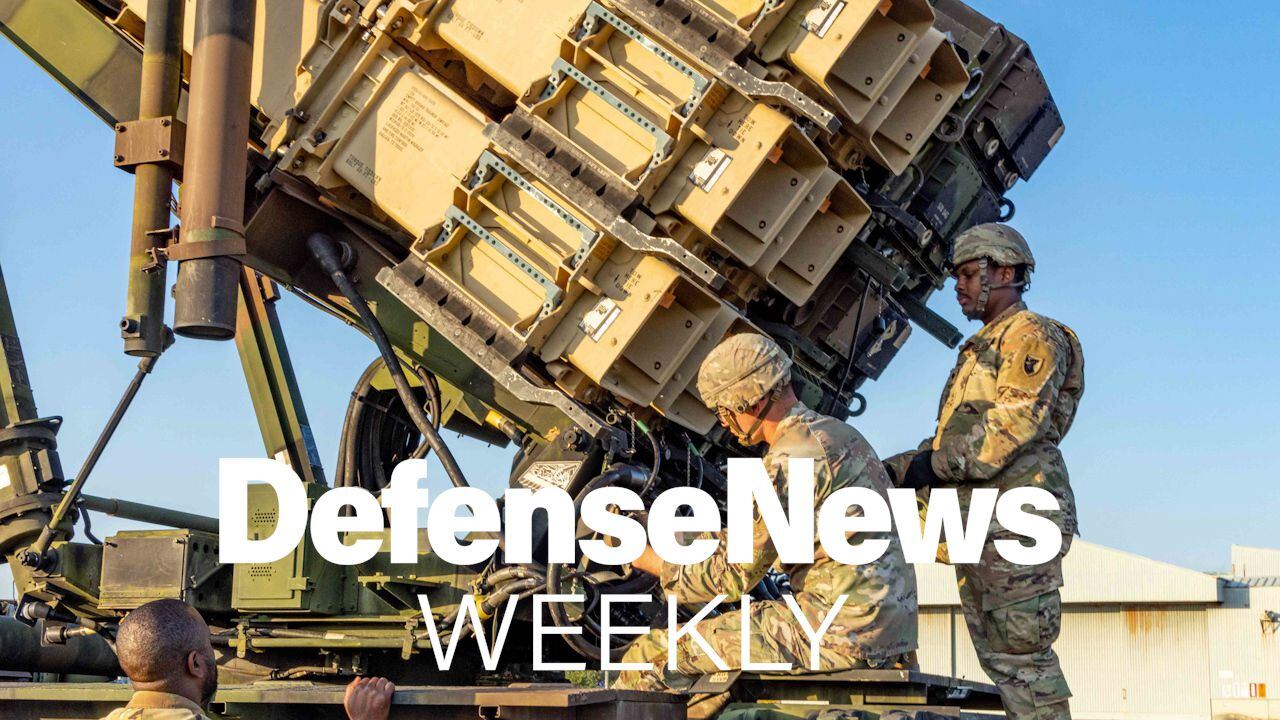Army researchers served as their own guinea pigs when they recently used a physiological monitor to gauge what’s going on with airborne soldiers when they jump from a perfectly good airplane.
Soldiers and scientists with the U.S. Army Research Institute of Environmental Medicine strapped on the Physiological Status Monitors at the annual Leapfest Airborne competition in West Kingston, Rhode Island.
The goal of the demonstration was to show jumpers that this piece of gear could be safely incorporated into parachute operations and not affect the abilities or safety of the soldier.
Maj. Nicholas Barringer, with USARIEM, said the researchers wanted to show the monitors, or PSMs, are not very big and wouldn’t impede airborne ops.
If adopted, scientists hope to use the devices to gather data on the internal temperature and heart rate of airborne soldiers. With that data, said Dr. Mark Buller, a USARIEM research physiologist, they can establish baselines and better monitor soldier conditions.
Buller gave an example of how the device could improve safety for soldiers.
“If a (soldier’s) status is outside of the norms for a jump, then maybe that soldier doesn’t serve as jumpmaster,” Buller said. ”Maybe something‘s going on.”
Members of the Ranger, Airborne and Special Operations Forces communities were at the event, said Barringer. The major said there was a lot of interest but declined to say if any specific unit inquired about adopting the technology for training.
Researchers are aiming for future versions of the device to be able to transmit data from the individual devices to a central piece of equipment that commanders can monitor in real time, Buller said.
The PSM has been in use since at least 2011, Buller said. Marines took the devices on deployment to Iraq and Afghanistan as part of Marine Corps Systems Command research in the Program Manager Expeditionary Rifle Squad program.
The focus of previous work was to monitor internal temperature to avoid heat casualties and heat-related problems, Buller said.
More than 150 countries, mostly U.S. allies, use the PSM or a version of it for monitoring soldier condition, Buller said.
The units cost $1,200 per system but Army researchers are developing custom systems that would cost approximately $200 per unit.
To accurately gauge internal temperature the individual soldier or Marine swallows an ingestible thermometer pill. The pill contains a battery, thermistor and a small antenna. The thermistor records temperature data and uses the antenna to transmit the data to the PSM system.
The pill’s battery lasts a week but is normally passed through the soldier’s or Marine’s system within 48 hours, officials said.
With accurate readings and good monitoring, commanders can better spot problems and know the condition of their people rather than rely on old visual check-in methods, said Col. Raymond Phua, USARIEM commander.
“When a soldier or Marine has already stopped sweating, it’s too late,” Phua said.
With a combination of the pill and the PSM, researchers can monitor heart rate, respiration rate, core body temperature, skin temperature and body motion and position.
Army National Guard units are leading the testing. Twelve of the 57 Weapons of Mass Destruction Civil Support Teams have fielded the systems, said USARIEM spokeswoman Mallory Roussel.
Scientists hope to expand the device’s capabilities to include measuring blood oxygenation and heat gain and loss to the body, Roussel said.
Todd South has written about crime, courts, government and the military for multiple publications since 2004 and was named a 2014 Pulitzer finalist for a co-written project on witness intimidation. Todd is a Marine veteran of the Iraq War.








